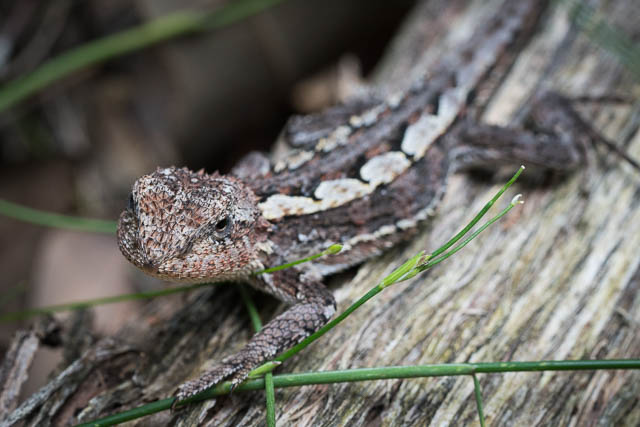My latest visit to Sassafras Gully to check out the fungi was after a period of dry weather, so there was not too much new fungi out and a lot of the old fungi was looking very dried out. But there was still a few interesting things to see.
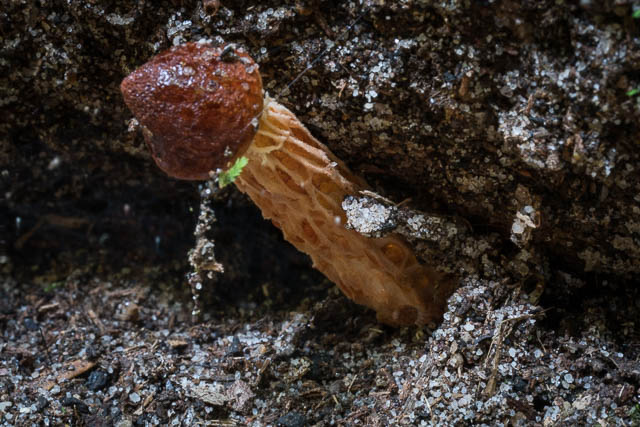
On this visit, I started from Faulconbridge Station, and walked down the Victory Track. As I descended I did spot some fungi, and also quite a few slime moulds.
Slime Moulds –
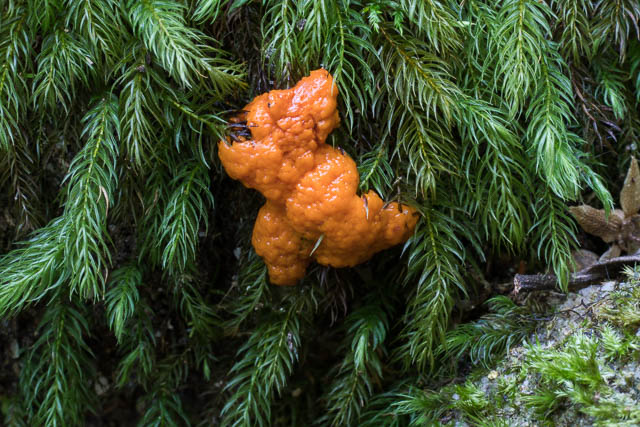
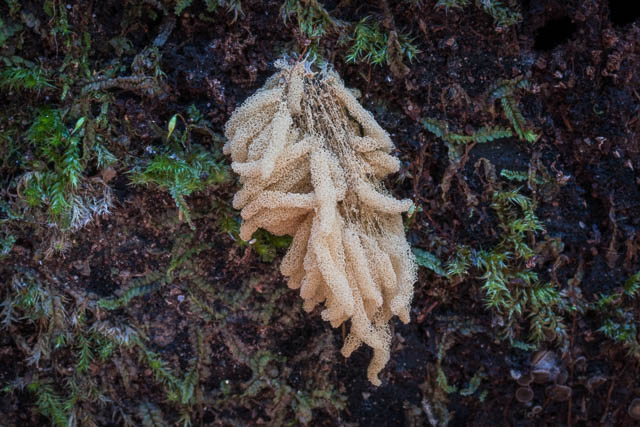
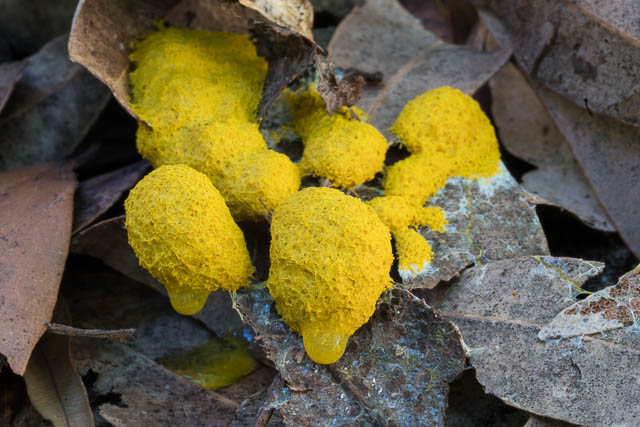
At the junction with Sassafras Gully, I walked back up the Sassafras Gully Track a bit to see if any fungi was out in some of the good areas not far up the track. Right at the junction, I spotted again the Blue Tipped Ramaria (coral fungi).
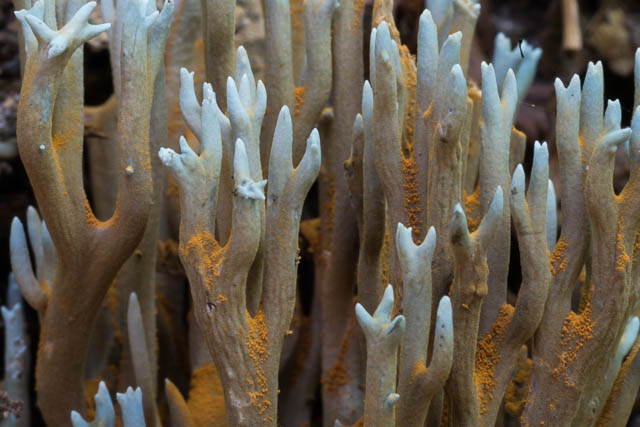
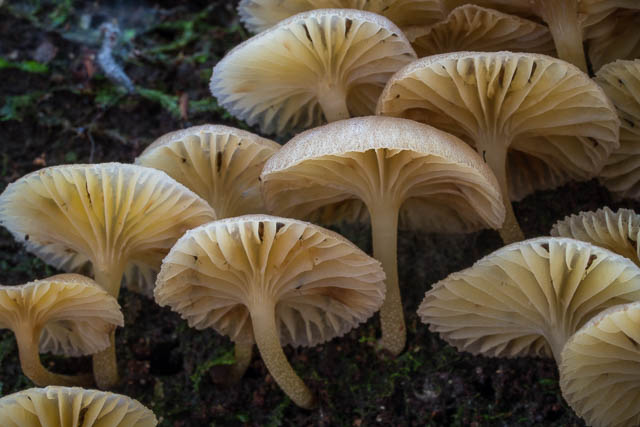
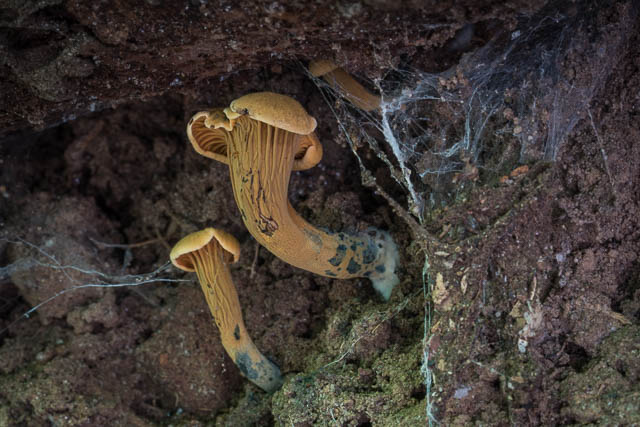
And then I continued to The Lagoon, and large pool at the junction of Sassafras Gully and Glenbrook Creek. This was a good place for a swim and lunch. It was 37° C and the water in the pool was very refreshing. Being a Sunday, there were quite a few other walkers out and about.
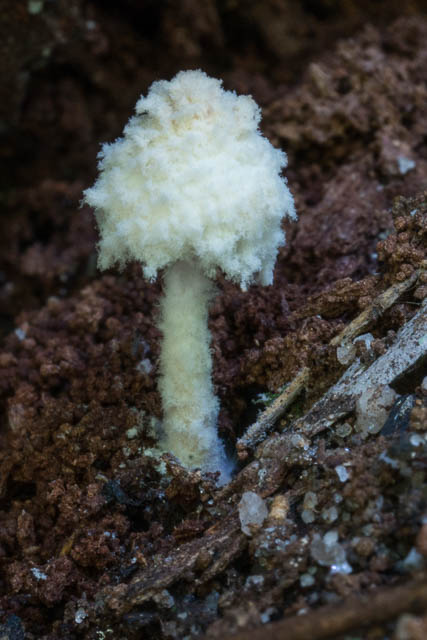
After my break, I continued downstream to Perch Ponds and the junction of Magdala Creek. On the way I stopped for a second swim and not long after bumped into Liz, who was walking the other way. She is also a fungi spotter and photographer and we compared notes.
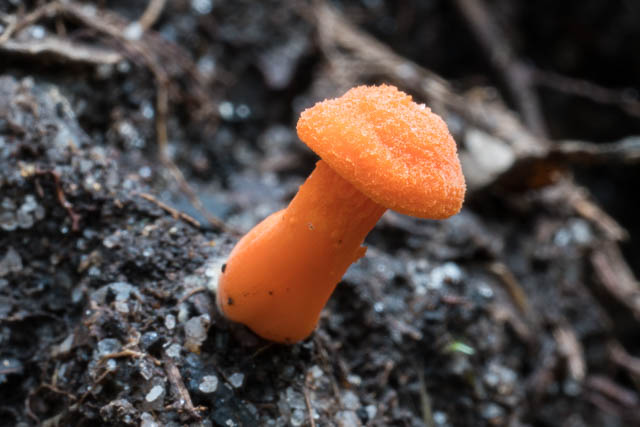
I then headed up Magdala Creek. I don’t swim in this creek as I am worried about the water quality – but the pools did look clean and inviting. I think the hot weather made it harder to look carefully for fungi because I certainly missed a lot that Liz had shown me on her camera.
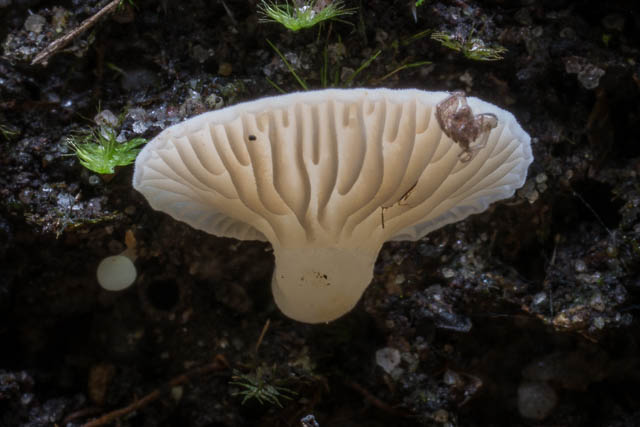
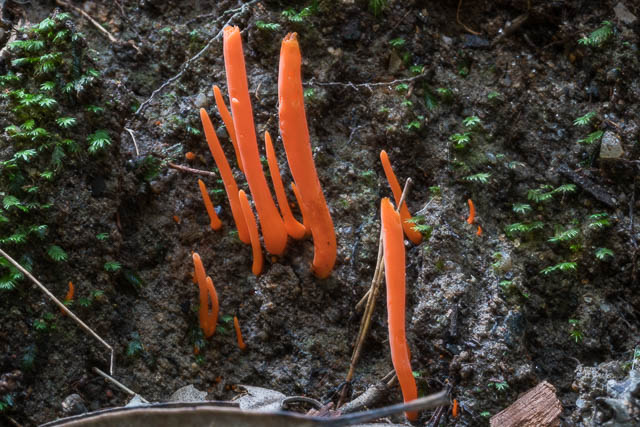
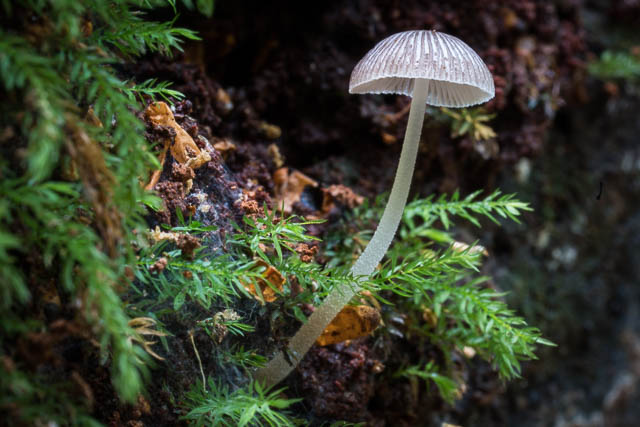
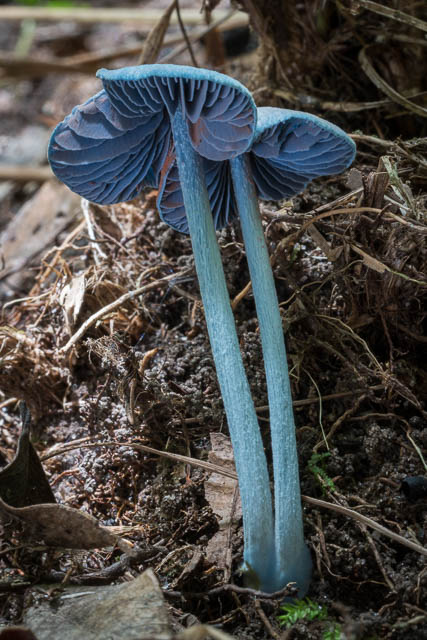
On the way, I noticed a deep hole, freshly dug in sand on the creek bank. According to Bob Crombie these are dug by yabbies.
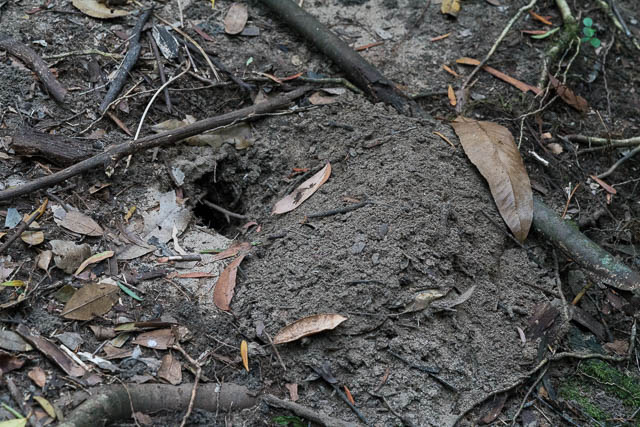
Back at Springwood, I had time for a quick beer at Doc Tommo’s (The Royal Hotel) before catching the train back down the mountains.
On this visit, some of the most interesting fungi I found I have not been able to identify. Here are two examples –
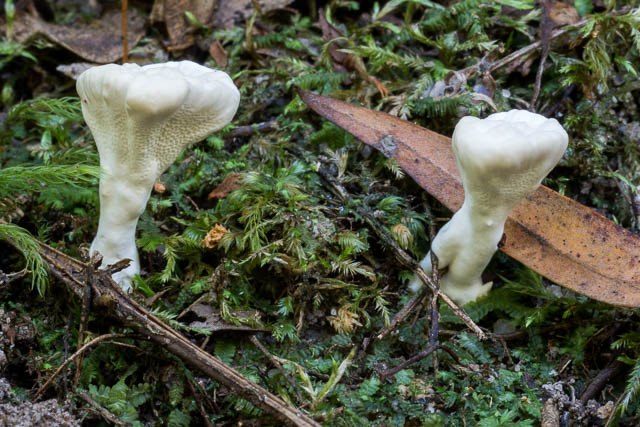
Perhaps – Laccocephalum tumulosum
The first is a white fungus that has a stipe but not much form above. It does not have gills or pores, just very little bumps on its underside.
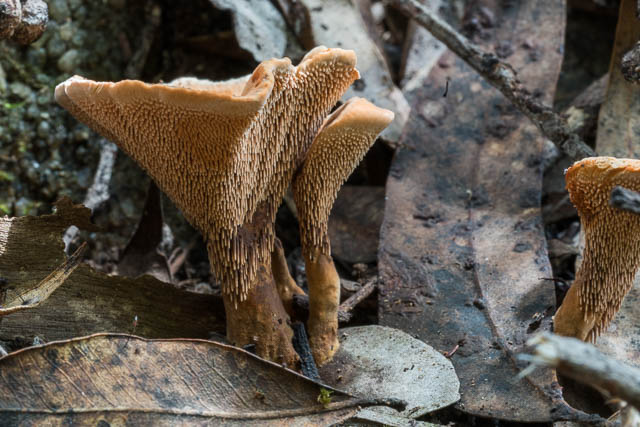
Perhaps – Hydnellum sp
The second is an orange fungus with spines. It can be just small stub with spines around it or larger like those above with a stipe and a cap whose underside is covered with spines.
More photographs together with identifications are on my website here.
